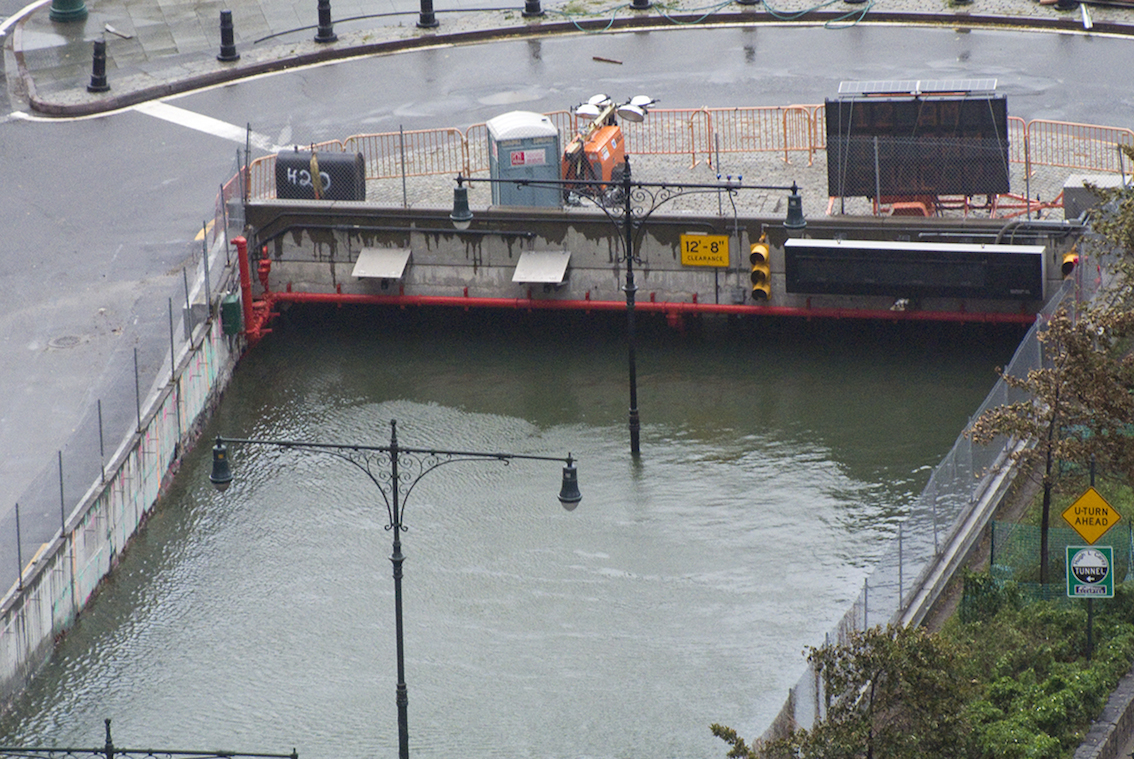
The US National Oceanic and Atmospheric Administration (NOAA) has teamed up with the University of Maryland and the American Society of Civil Engineers (ASCE) to develop what they called “climate-smart engineering codes and standards” to make future infrastructure more resilient to the effects of climate change.
The NOAA, a government agency that monitors weather and marine habitats, cited the flooding of New York City’s infrastructure during Hurricane Sandy in 2012 as evidence of the need for new codes to inform the estimated $1.3 trillion spent creating and maintaining the US built environment each year. https://www.noaa.gov/news-release/noaa-university-of-maryland-asce-to-advance-climate-smart-construction
“Our goal is to bring climate information into the nation’s standard-setting process to increase the pace of climate adaptation and reduce design, construction and maintenance costs as well as the costs of climate-related natural disasters,” said NOAA administrator Rick Spinrad.
Samuel Graham, dean of the university’s A. James Clark School of Engineering, said the partnership will help close the gap between climate change awareness and engineering practice.
“The built environment—homes, stores and office buildings—are as affected by climate change as the natural environment and if designed improperly, help to contribute to the problems we are seeing today,” he said. “Translating that knowledge into building best practices is what our new joint endeavor is all about.”
The partnership calls for a series of exchanges between NOAA and ASCE, facilitated by the university’s Center for Technology and Systems Management.
NOAA will host a panel discussion on the topic at COP26 on 9 November.










